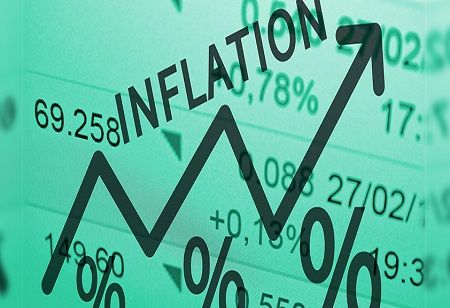
The Philippines experienced a second consecutive month of accelerating annual inflation in March, largely driven by a sharp increase in the price of rice, a staple food in the country. The consumer price index rose by 3.7 percent year-on-year, up from 3.4 percent in the previous month. This uptick in inflation aligns with economists' forecasts, which had anticipated a rate of 3.8 percent for March, falling within the central bank's projected range of 3.4 percent to 4.2 percent.
The Bangko Sentral ng Pilipinas (BSP) noted that the risks to the inflation outlook remain skewed to the upside, indicating a potential for further price increases. The Monetary Board is set to review its policy settings in light of these developments.
Of particular concern is the significant increase in food inflation, which reached 5.7 percent, the highest since November 2023. Within this category, the price of rice surged by 24.4 percent in March, marking its most substantial increase since February 2009 and accounting for nearly half of the overall inflation rate for the month.
However, core inflation, which excludes volatile food and energy prices, eased slightly to 3.4 percent in March, down from 3.6 percent in February. While this figure was slightly lower than expected, economists remain cautious due to persistent concerns about rising food prices.
Given the ongoing challenges posed by food inflation, analysts anticipate that the BSP will maintain its benchmark interest rate at 6.50 percent during its upcoming meeting. This decision reflects the central bank's efforts to balance economic stability with the need to address inflationary pressures.
We use cookies to ensure you get the best experience on our website. Read more...